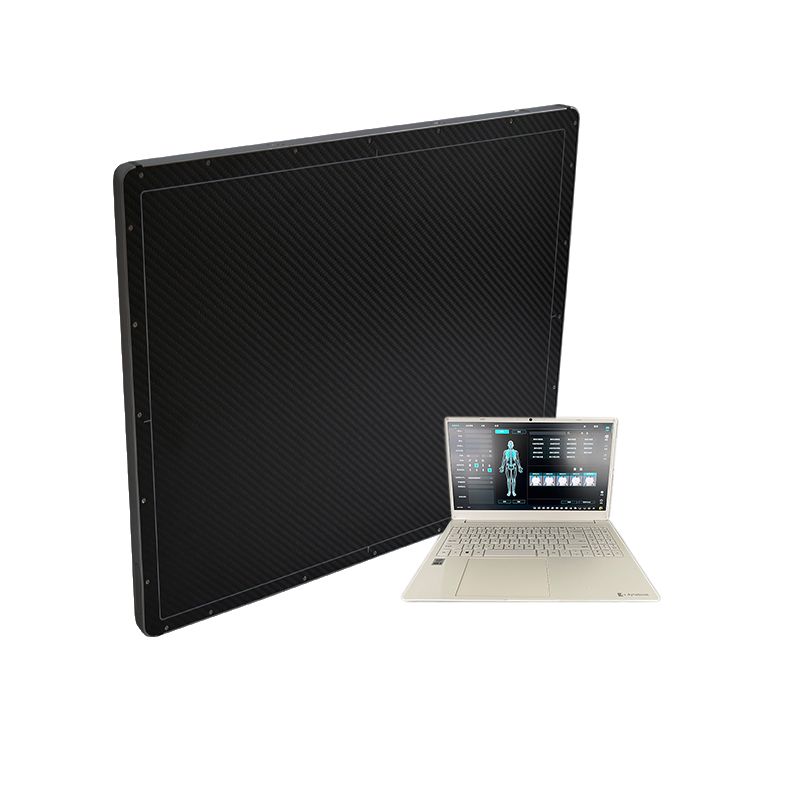Flat panel detectors have revolutionized the field of radiography with their advanced technology and high-quality imaging capabilities. In recent years, the introduction of wireless flat panel detectors has further enhanced the convenience and efficiency of these devices, allowing for greater freedom of movement and flexibility in various medical settings.
Wireless flat panel detectors are portable and lightweight, making them ideal for usage scenarios where mobility is key. One such scenario is in emergency situations, where quick and accurate imaging is essential. By eliminating the need for cables and wires, wireless flat panel detectors enable medical professionals to swiftly capture high-resolution images without the constraints of traditional systems. This is particularly beneficial in emergency rooms, where time is of the essence, and immediate diagnosis and treatment decisions need to be made. The mobility provided by wireless flat panel detectors allows doctors to easily maneuver around the patient, capturing images from different angles, and ensuring precise diagnostics.
Another important usage scenario of wireless flat panel detectors is in operating rooms. The versatility of these devices allows surgeons to obtain real-time images during procedures, guiding them in making crucial decisions. Whether it be orthopedic surgery, cardiovascular interventions, or minimally invasive procedures, wireless flat panel detectors facilitate the accurate placement of catheters, wires, and surgical instruments. With the ability to transmit images wirelessly to monitors within the operating room, surgical teams can closely monitor the progress of the procedure and make any necessary adjustments on-the-go. This improves surgical outcomes and increases patient safety.
Furthermore, wireless flat panel detectors are incredibly useful for bedside imaging in intensive care units (ICU). In ICU scenarios, critically ill patients may not be able to be moved to the radiology department for imaging. Wireless flat panel detectors can be brought directly to the patient’s bedside, providing immediate imaging results without causing any discomfort or compromising the patient’s stability. This technology allows for efficient monitoring of the patient’s condition, aid in the placement of invasive lines or tubes, and provide accurate and timely assessments of any changes or complications.
In veterinary medicine, wireless flat panel detectors have also found extensive usage scenarios. From small companion animals to large livestock, these detectors are used for quick and accurate diagnosis, especially in emergency situations. Veterinarians can easily move around animals, capture images at different angles, and make informed decisions about treatment plans. This improves the overall efficiency of veterinary care, reduces the stress on animals, and enhances the accuracy of diagnoses.
wireless flat panel detectors have revolutionized medical imaging with their versatility, portability, and high-quality imaging capabilities. The usage scenarios of these devices are vast and varied, ranging from emergency rooms and operating rooms to ICUs and veterinary clinics. By eliminating the need for cables and wires, wireless flat panel detectors provide medical professionals with the freedom and flexibility to capture high-resolution images in various medical settings. With the constant advancements in technology, it is exciting to envision the future applications and continued evolution of wireless flat panel detectors in the field of radiography.
Post time: Nov-03-2023


